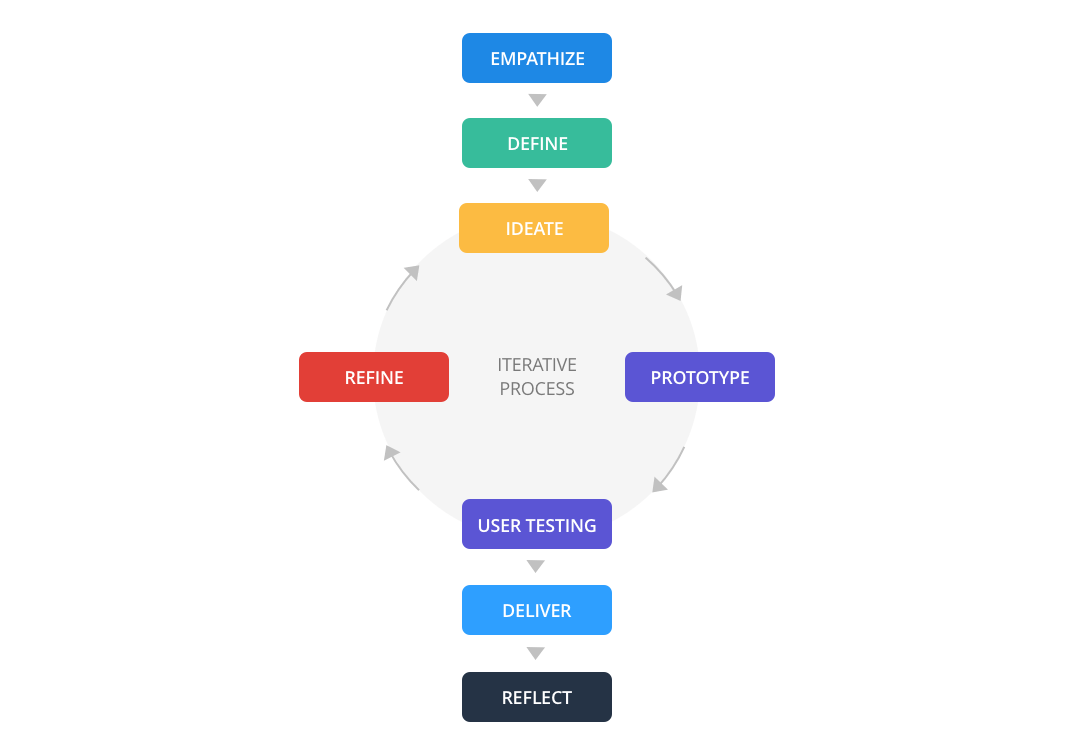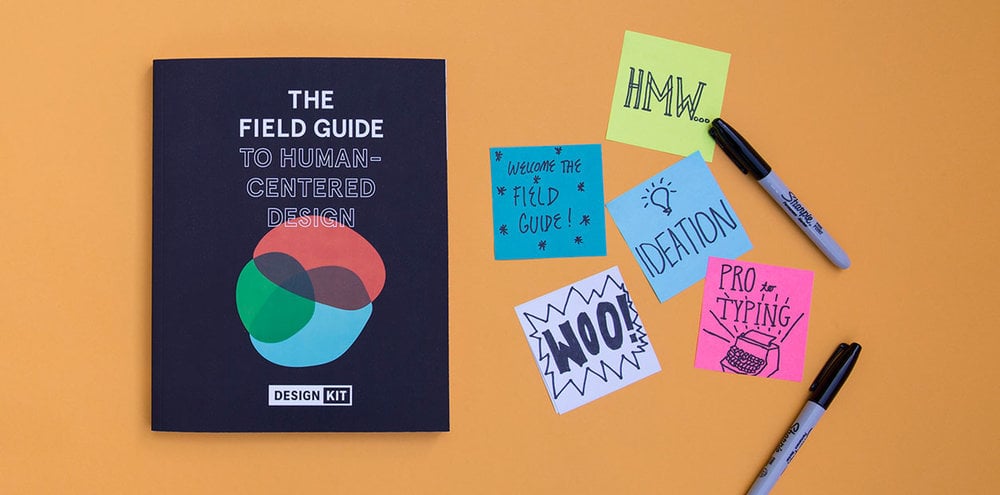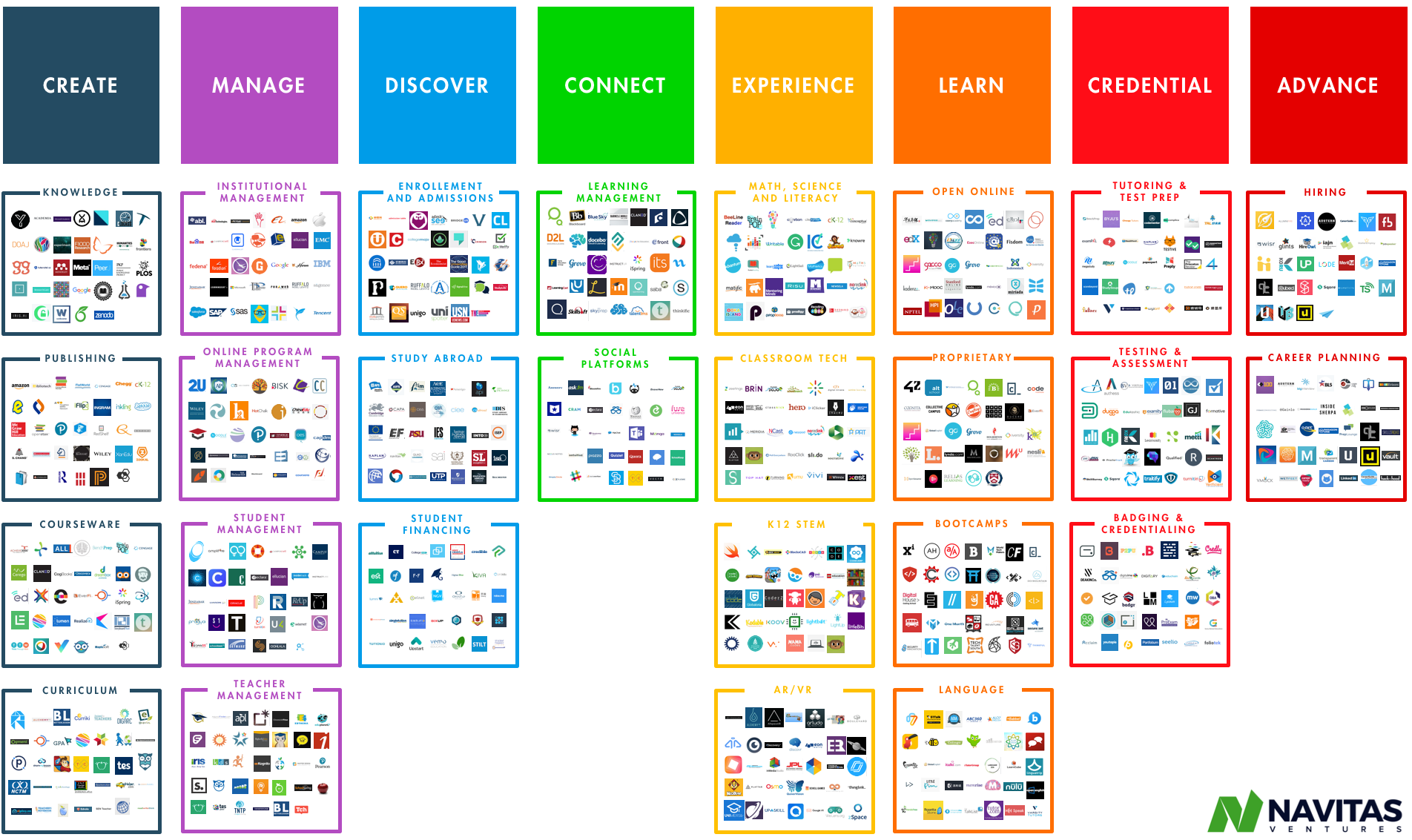Recently the concept of “Learning Design” has gained momentum in the education space, mostly through discussions at conferences, webinars, ebooks, and more. Being topical though doesn’t make it new, in fact the concept has been evolving since the early 2000’s, deeply rooted in Design Thinking. So what is it? How is it different than what we had before? Why does Smart Sparrow care? Why should you care?
For many, it also means shifting focus from the teacher to thinking about learners first — who they are, what they know, how they think, and how to reach them effectively so they get the most out of their educational experience.
It’s an intentional process that asks educators to think beyond “What do I need to teach?“ and to carefully consider “What is the best way for my learners to learn and understand this concept?”. It shifts the focus of education from simply delivering content to molding the full instructor-learner experience.
If instruction represents a form of delivery,
and if we are beyond delivery,
then we have reached a stage where we are beyond instruction.
–Rod Sims of Capella University
 Summary of Smart Sparrow's Design Process.
Summary of Smart Sparrow's Design Process.



 Navita's Next Gen Learning Lifecycle
Navita's Next Gen Learning Lifecycle
